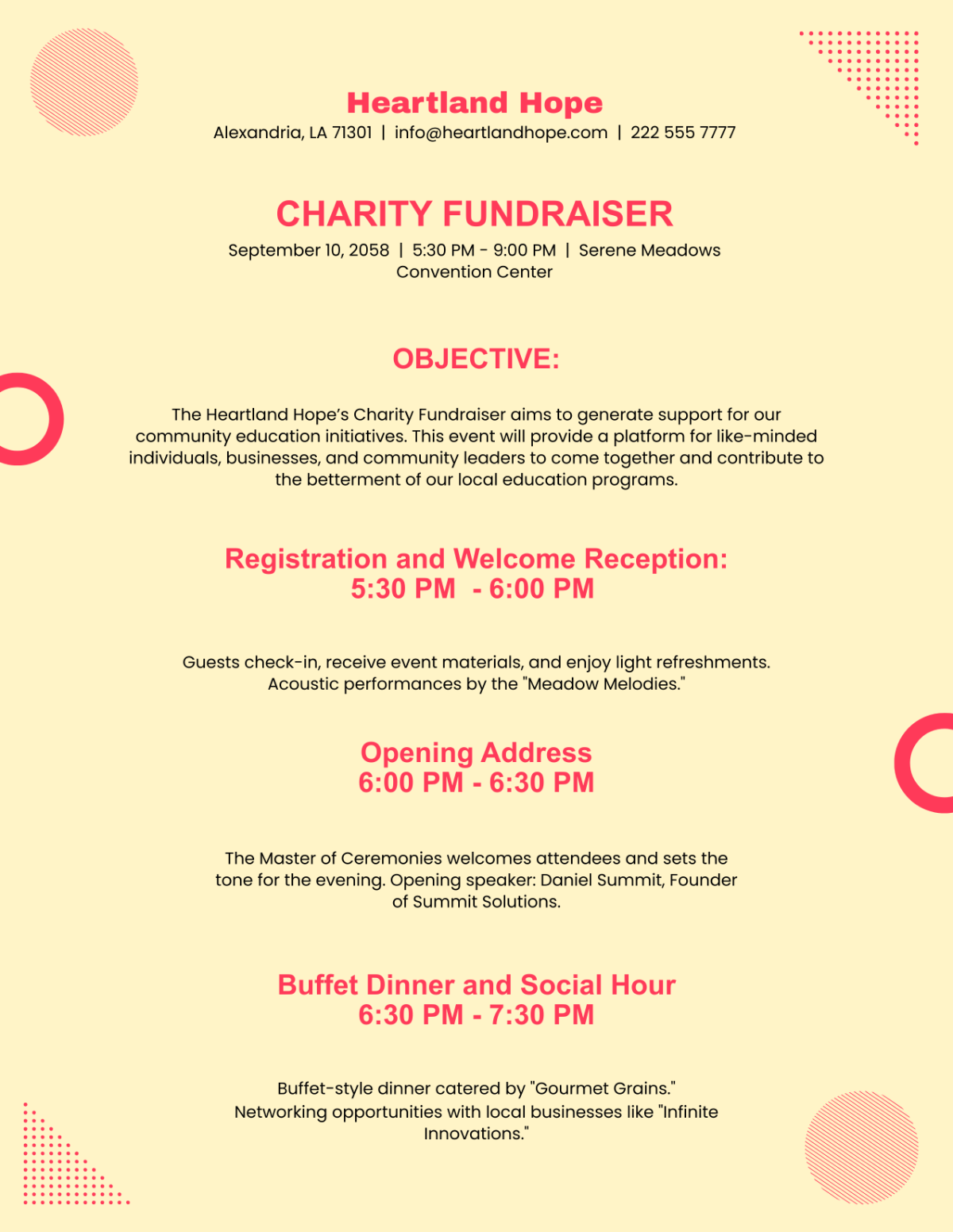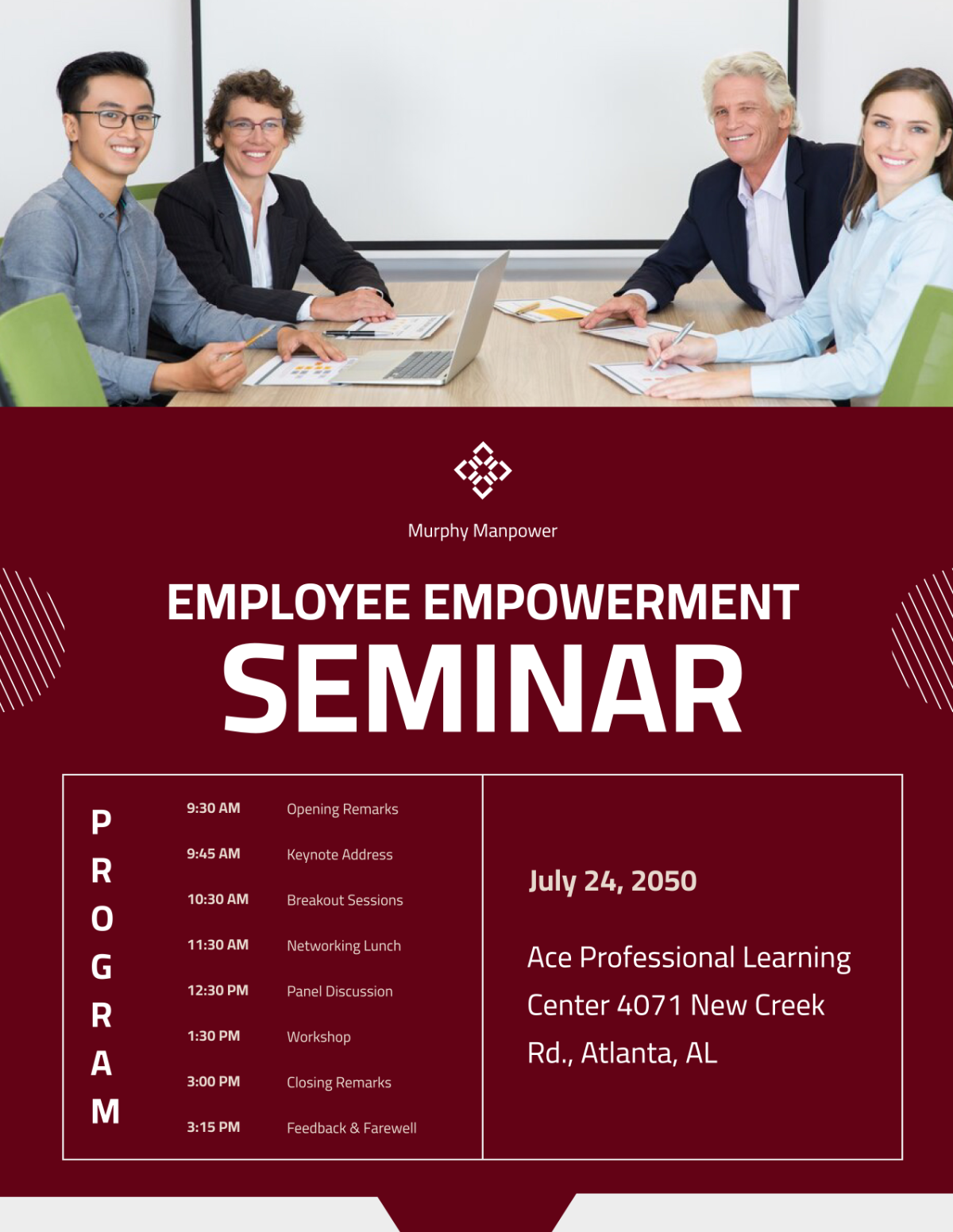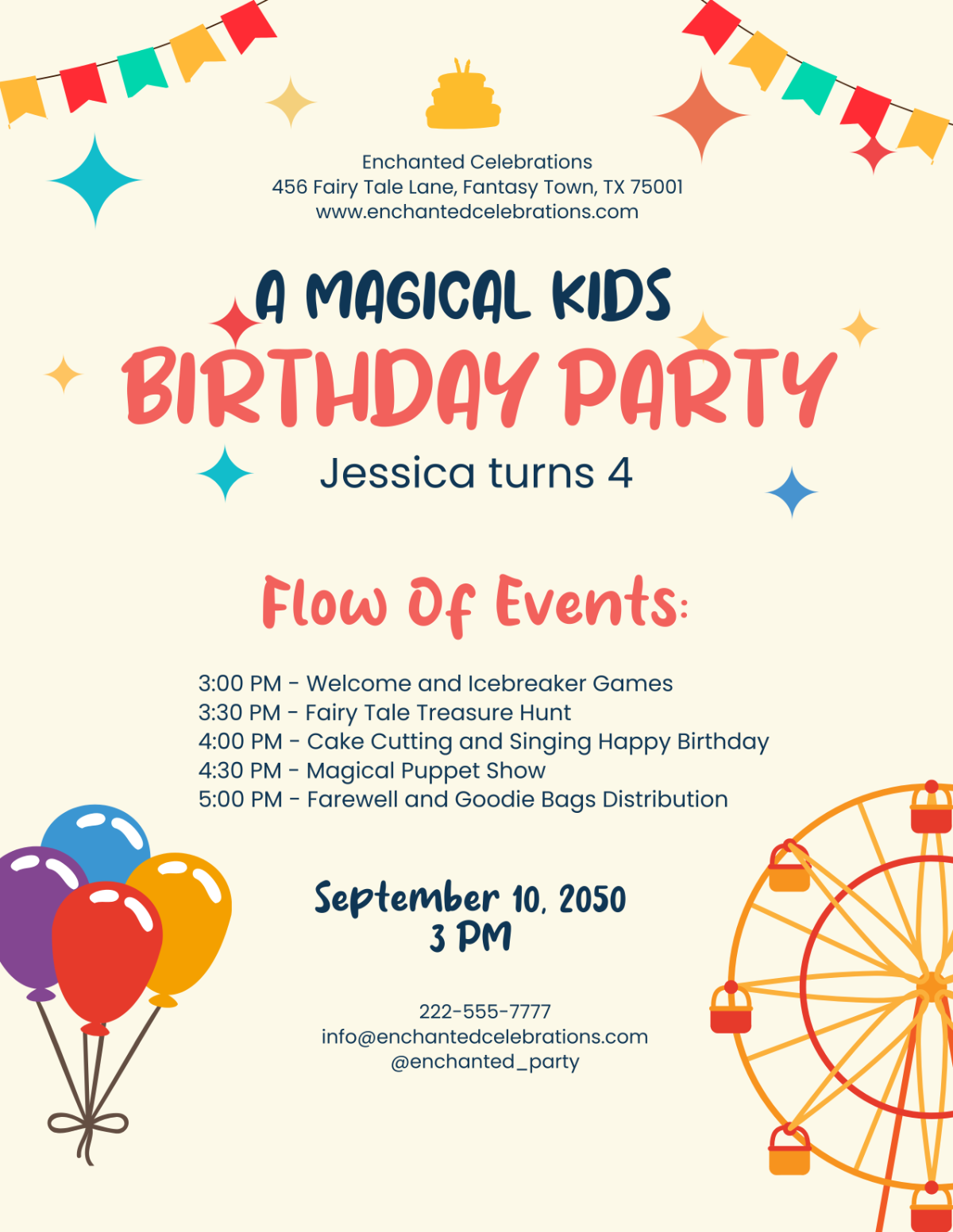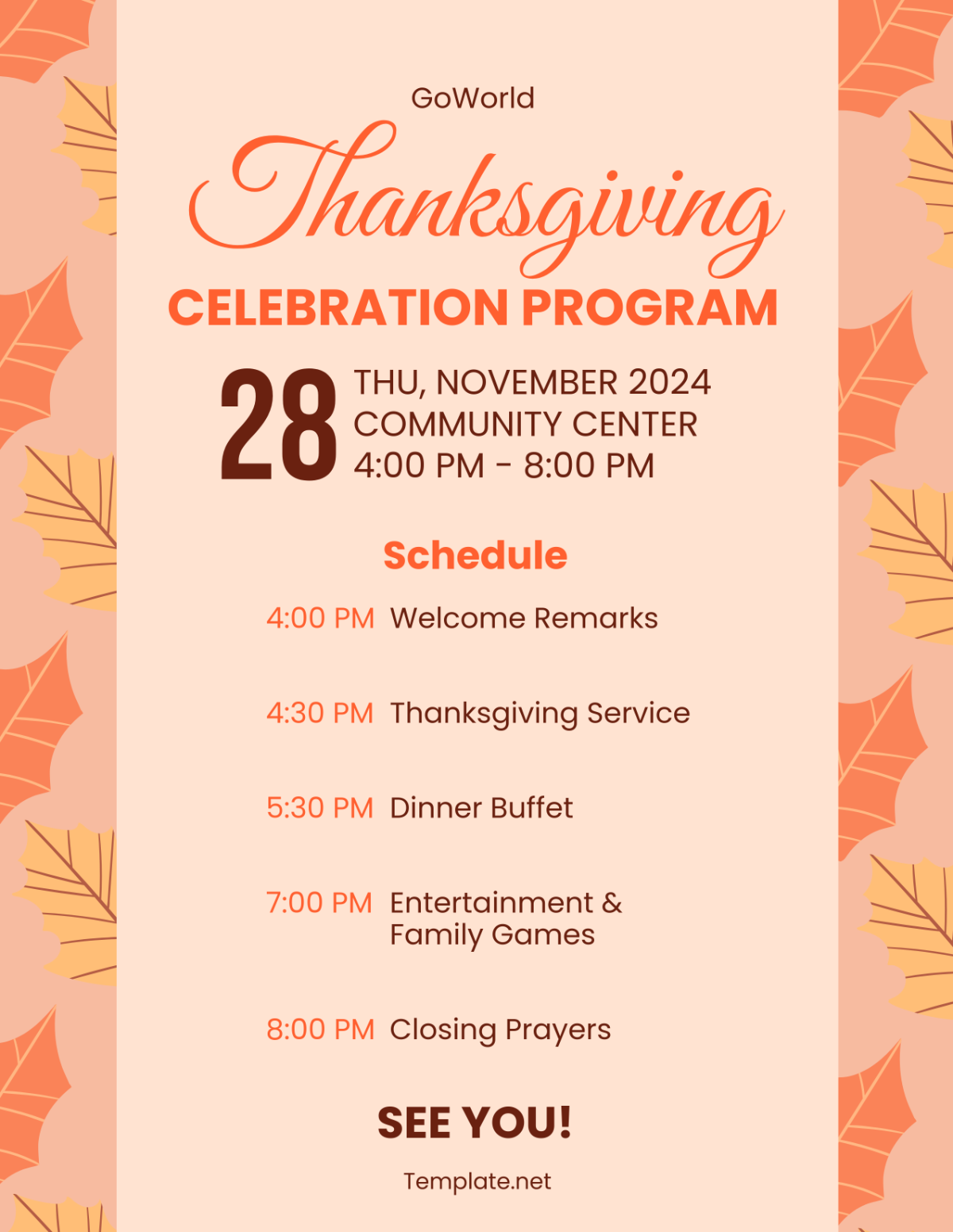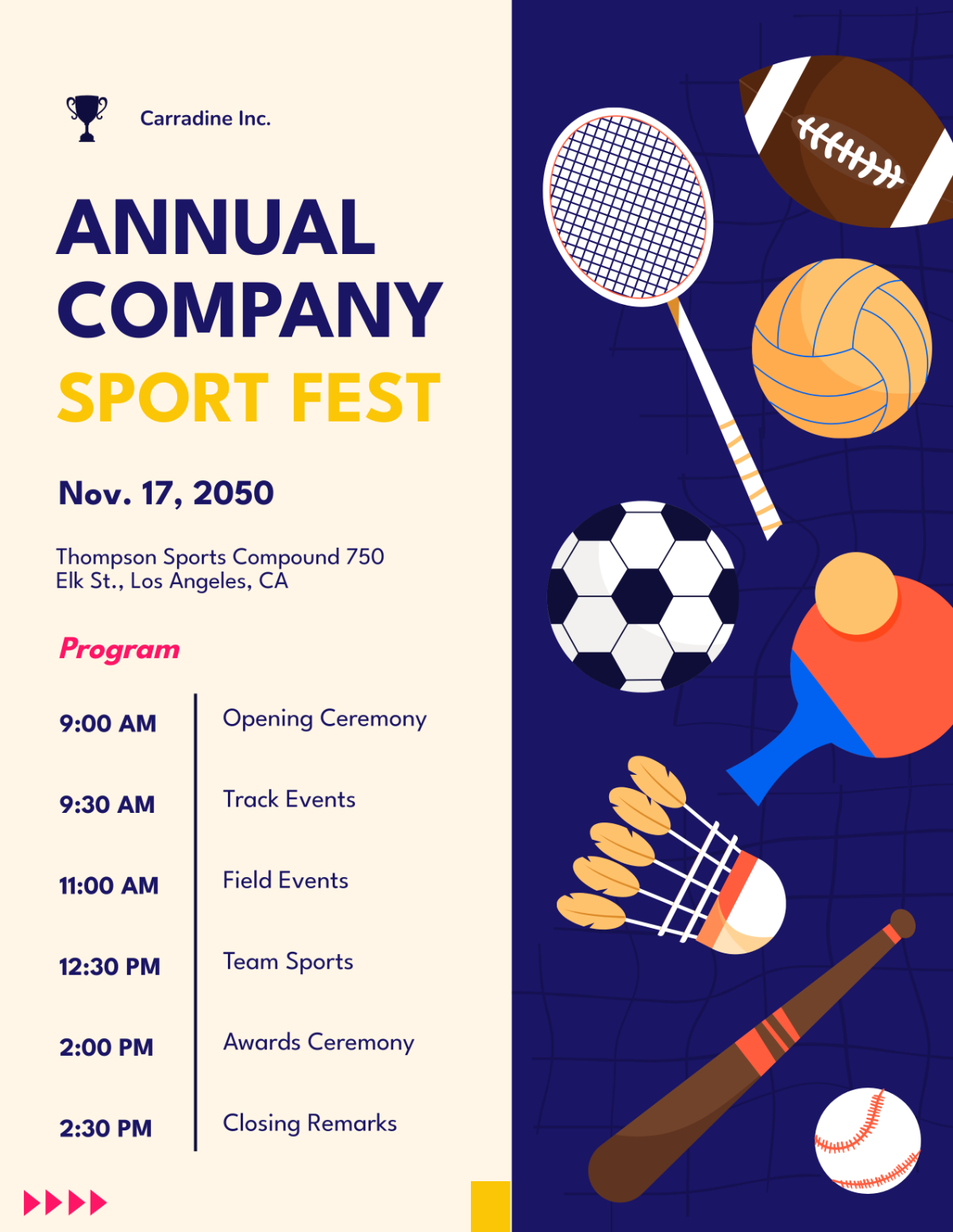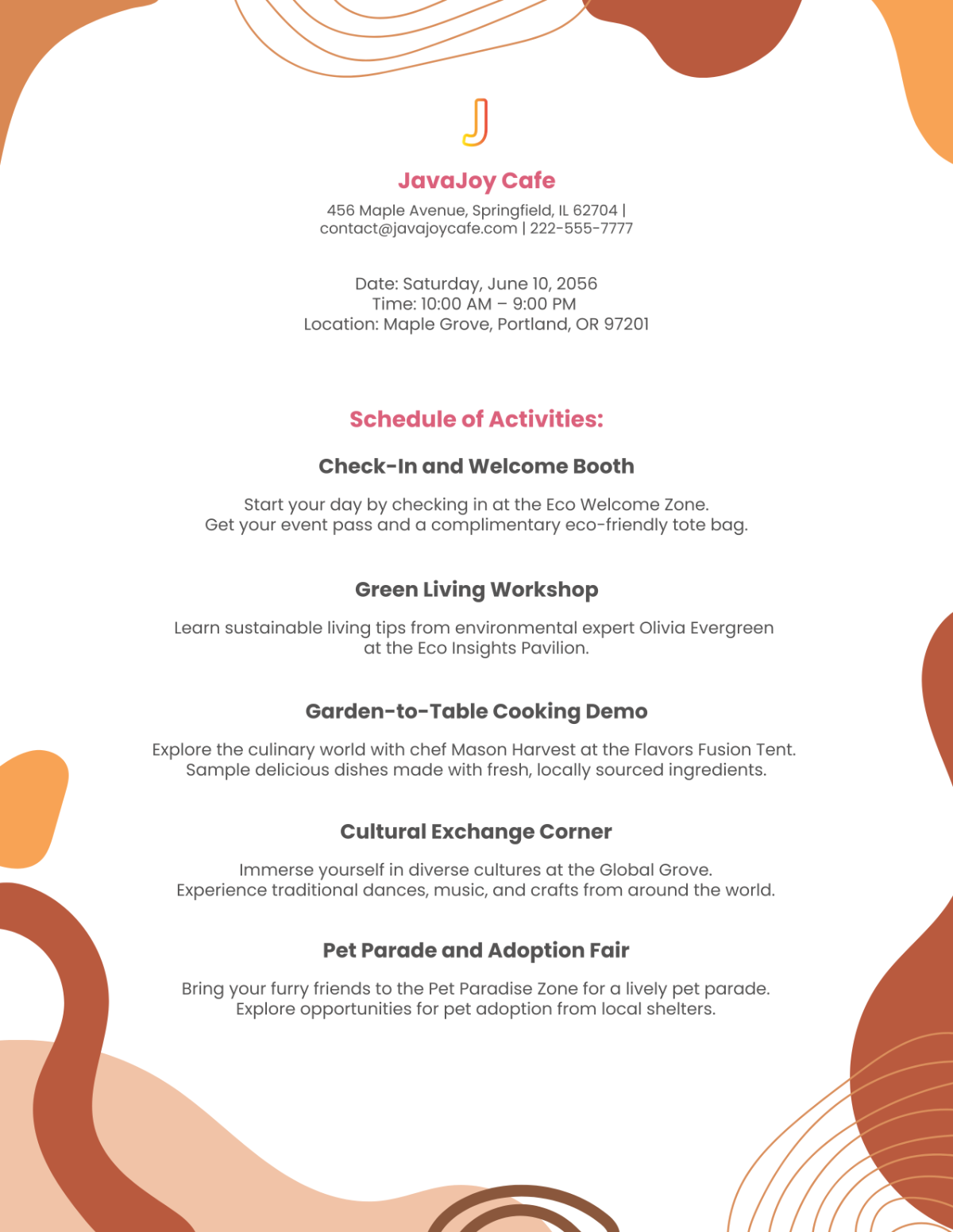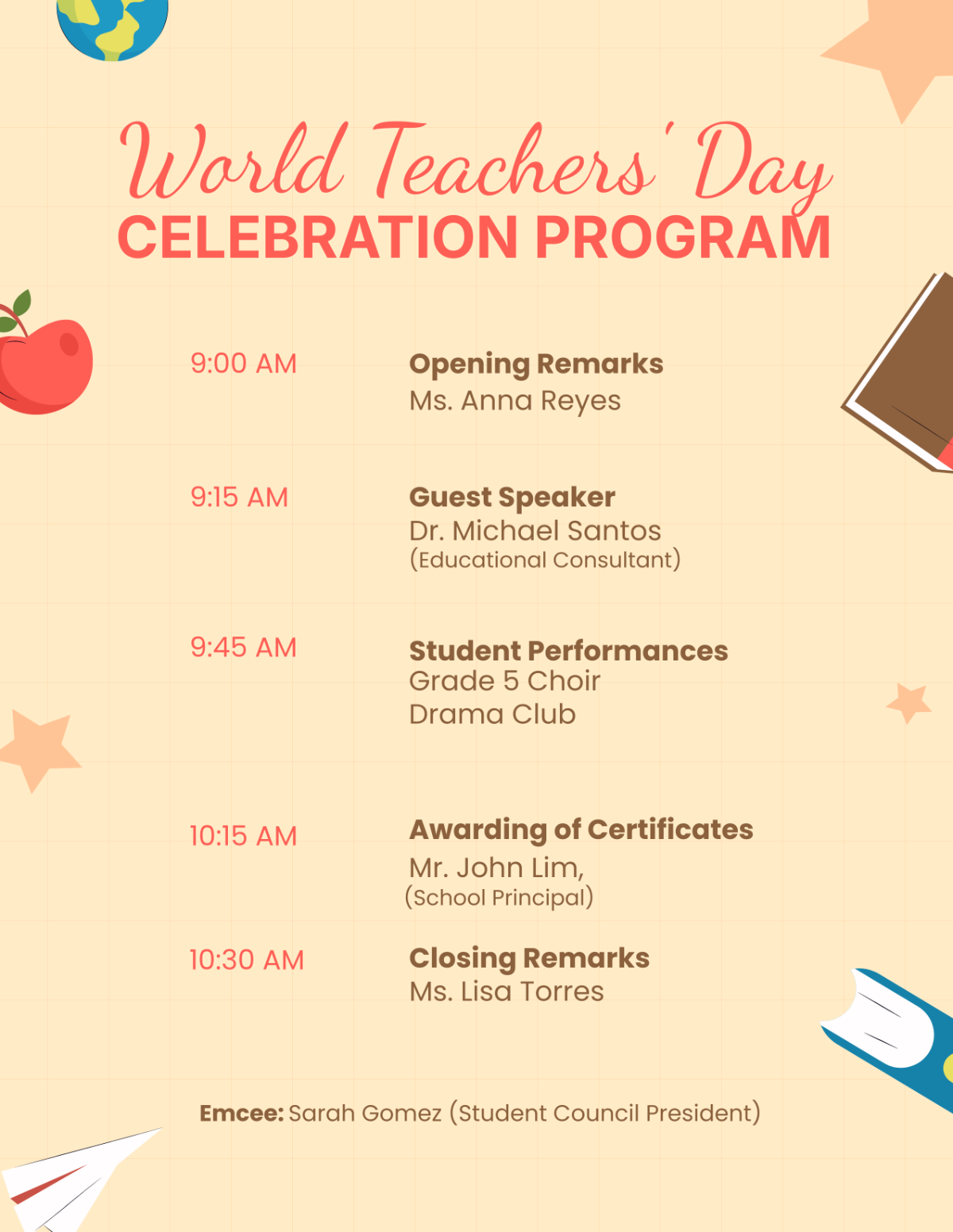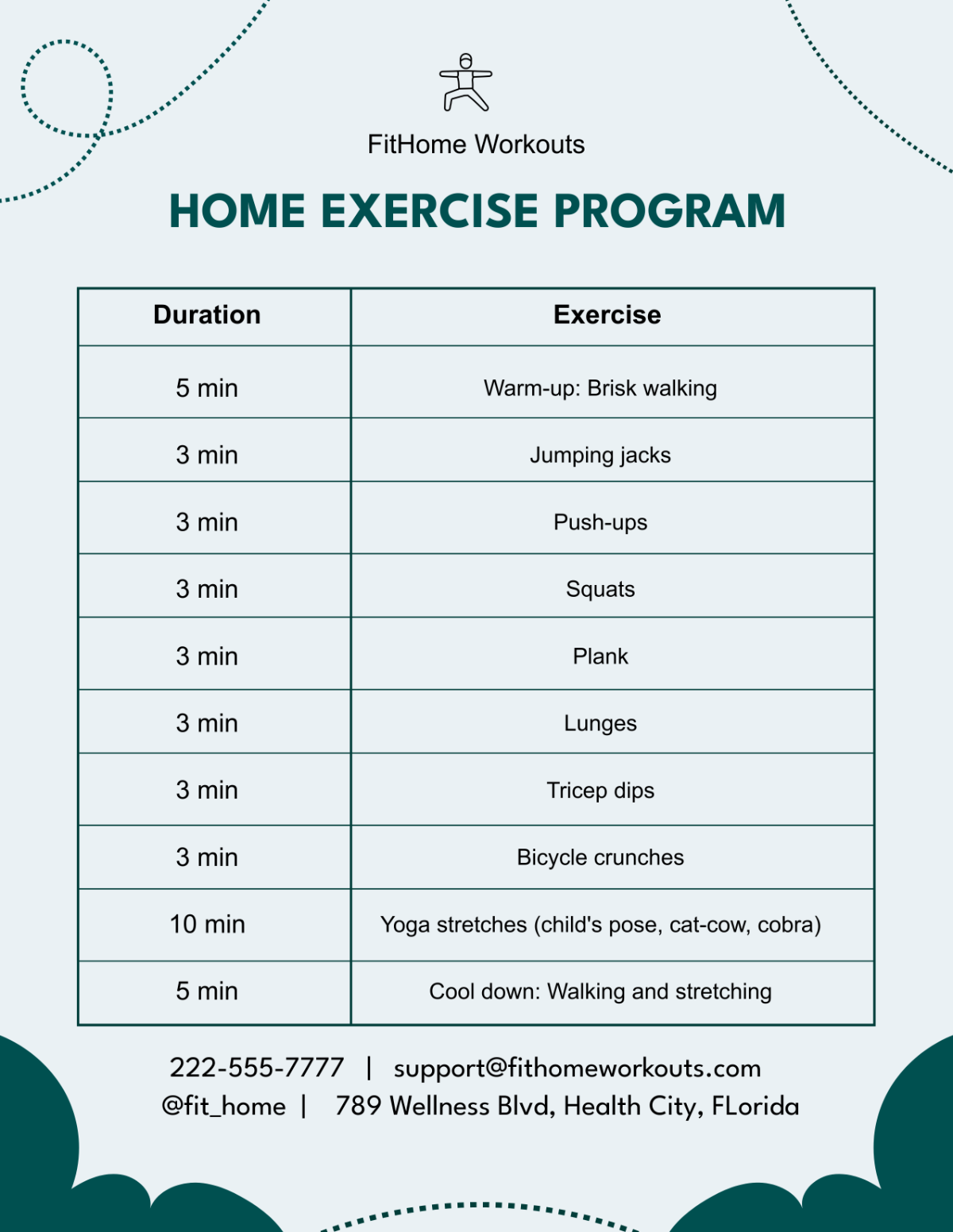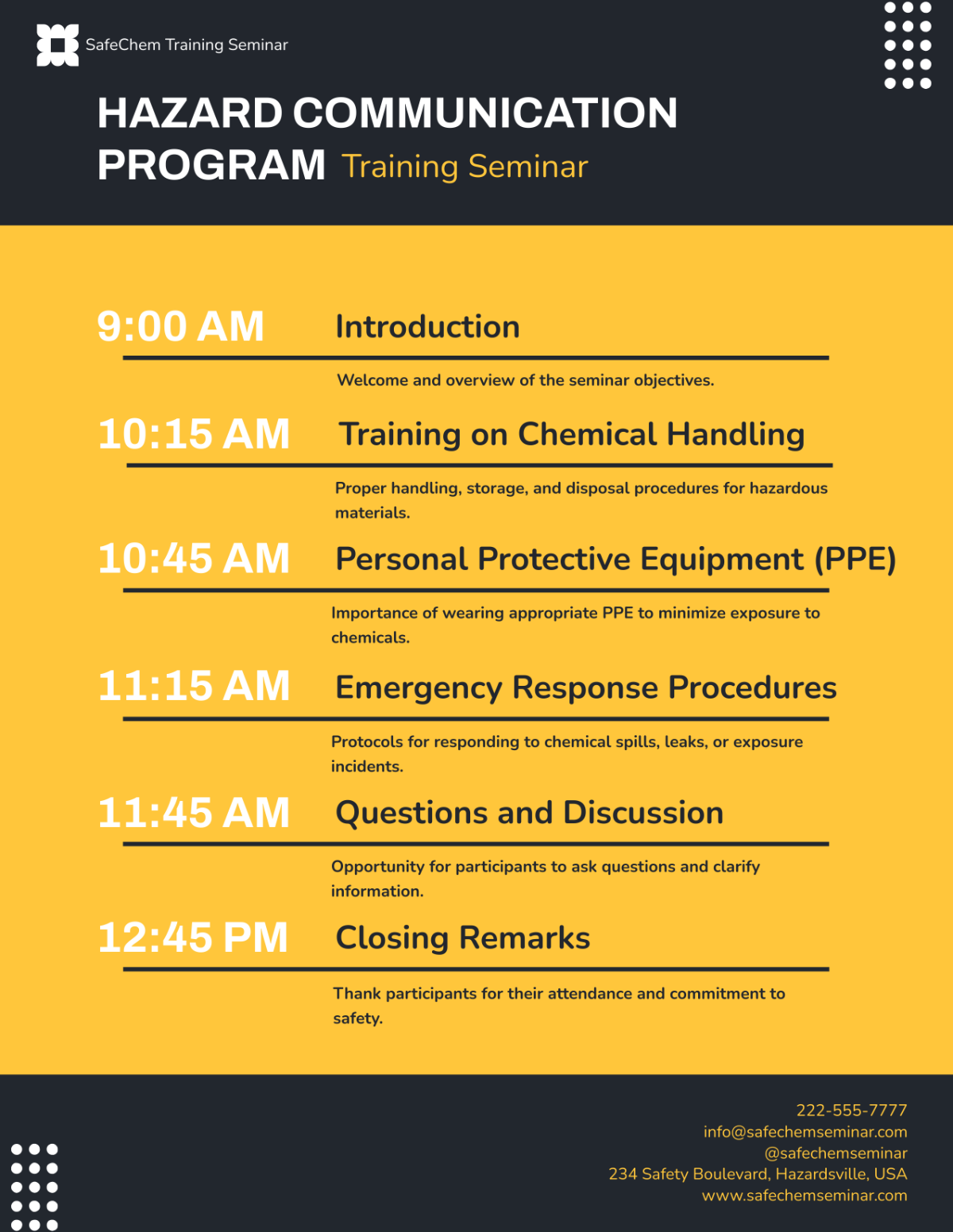Nursing Home Program Proposal
I. Introduction
A. Overview
Our proposal outlines an innovative program designed to enhance the quality of life for residents in nursing homes. This program integrates physical therapies, emotional support, and social engagements to create a holistic care approach. We aim to transform nursing homes from being solely medical care facilities to nurturing environments that cater to the overall well-being of the elderly.
We understand that each resident has unique needs and preferences. Therefore, our program is designed to be flexible and adaptable, allowing us to provide personalized care to each resident. Our team of dedicated professionals will work closely with each resident, their families, and medical professionals to develop a care plan that best suits their needs.
B. Scope
This program will be implemented in nursing homes that are part of our network. Our goal is to reach as many residents as possible, providing them with comprehensive care that addresses their physical, emotional, and social needs. We believe that by focusing on these key areas, we can significantly improve the quality of life for nursing home residents and make a positive impact on the community as a whole.
C. Objectives
Enhance the physical well-being of residents: Our program includes regular exercise and physical therapy sessions. These activities are designed to improve mobility, reduce pain, and enhance overall physical health.
Provide emotional support: We understand that emotional well-being is crucial for the overall health of our residents. Therefore, we provide professional counseling services to address issues such as loneliness, depression, and anxiety that are common among nursing home residents.
Promote social interaction: We believe that social interaction is vital for the mental health of our residents. Therefore, we organize social events and activities that promote interaction amongst residents and the community.
Create a stimulating and nurturing environment: We aim to create an environment that encourages residents to engage in hobbies and interests. This not only keeps them engaged but also helps in improving their cognitive abilities.
II. Methodology
A. Assessment Phase
Identify Needs
1.1. Understanding Residents: A thorough assessment of the current situation in the nursing homes will be conducted. This includes understanding the needs and preferences of the residents. This step is crucial as it helps tailor our program to meet the specific needs of the residents and the nursing home.
1.2. Tailoring Care: By understanding the unique needs and preferences of each resident, we can ensure that our program provides personalized care that enhances their quality of life.
1.3. Improving Care: The insights gained from this assessment will guide the development of our program, ensuring that it effectively addresses the needs of the residents.
Evaluate Resources
2.1. Resource Inventory: The available resources in the nursing homes, including staff, equipment, and facilities, will be evaluated. This step ensures that a clear understanding of the resources at our disposal is established, allowing for effective planning of our program.
2.2. Optimizing Use: By understanding the resources available, we can optimize their use to provide the best possible care to our residents.
2.3. Planning for Needs: This evaluation also helps us identify any additional resources that may be needed to implement our program effectively.
Analyze Data
3.1. Identifying Patterns: The data collected from the assessment will be analyzed to identify patterns and trends. This analysis will guide the development of our program and help focus our efforts where they are most needed.
3.2. Guiding Development: By understanding these patterns and trends, we can ensure that our program addresses the most pressing needs of our residents.
3.3. Improving Outcomes: This data-driven approach helps us improve the outcomes of our program and enhance the quality of life for our residents.
Develop Initial Plan
4.1. Creating Blueprint: Based on the assessment, an initial plan for the program will be developed. This plan will serve as a blueprint for our program and will be refined in the next phase based on feedback from key stakeholders.
4.2. Incorporating Feedback: By incorporating feedback from key stakeholders, we can ensure that our plan effectively addresses the needs of all stakeholders.
4.3. Ensuring Effectiveness: This iterative process helps us ensure that our program is effective and meets the needs of our residents.
Get Feedback
5.1. Seeking Input: Feedback on the initial plan will be sought from key stakeholders, including staff, residents, and their families. This feedback is invaluable as it helps refine our plan and ensure that it meets the needs of all stakeholders.
5.2. Refining Plan: By incorporating this feedback, we can refine our plan to better meet the needs of our residents and ensure the success of our program.
5.3. Enhancing Care: This feedback-driven approach helps us enhance the quality of care we provide to our residents.
B. Development and Preparation Phase
Refine Plan
1.1. Incorporating Feedback: Based on the feedback received, the initial plan will be refined. This ensures that the program is tailored to meet the specific needs of the residents and the nursing home.
1.2. Ensuring Effectiveness: The refined plan will guide the implementation of the program, ensuring that it is both effective and efficient.
1.3. Continuous Improvement: The plan will be continuously updated based on ongoing feedback and assessment, ensuring that the program remains relevant and effective.
Hire and Train Staff
2.1. Building a Team: Staff will be hired and trained to implement the program. This includes both medical professionals and support staff. The team will be chosen based on their skills, experience, and commitment to providing high-quality care.
2.2. Training for Excellence: The staff will undergo comprehensive training to ensure they are equipped with the necessary skills and knowledge to implement the program effectively.
2.3. Ongoing Development: Staff will receive ongoing training and professional development opportunities to ensure they stay updated with the latest best practices in elderly care.
Procure Resources
3.1. Resource Acquisition: The necessary resources for the program, including medical equipment and supplies, will be procured. This ensures that the program has all the necessary tools to provide high-quality care.
3.2. Strategic Procurement: Resources will be procured strategically to ensure cost-effectiveness without compromising on quality.
3.3. Sustainable Practices: Wherever possible, resources will be procured from sustainable sources, aligning with our commitment to environmental responsibility.
Prepare Facilities
4.1. Facility Preparation: The facilities will be prepared for the implementation of the program. This includes ensuring that the facilities are safe, comfortable, and equipped with the necessary resources for our program.
4.2. Creating a Welcoming Environment: Efforts will be made to create a welcoming and homely environment for the residents. This includes attention to cleanliness, decor, and accessibility.
4.3. Safety Measures: Safety measures will be put in place to ensure the well-being of the residents. This includes emergency response plans, safety equipment, and regular safety drills.
C. Implementation Phase
Launch Program
1.1. Program Initiation: The program will be initiated in the nursing homes. This marks the start of our efforts to enhance the quality of life for residents in the nursing homes.
1.2. Resident Orientation: Residents will be oriented about the program, its benefits, and how they can participate. This ensures that residents are well-informed and can make the most of the program.
1.3. Staff Coordination: Staff will be coordinated to ensure smooth implementation of the program. Regular meetings will be held to discuss progress and address any challenges.
Monitor Progress
2.1. Regular Monitoring: The progress of the program will be monitored closely to ensure its effectiveness. Regular reports will be prepared detailing the progress of the program.
2.2. Feedback Collection: Feedback will be collected from staff and residents to understand their experiences with the program. This feedback will be used to make necessary adjustments to the program.
2.3. Performance Tracking: Key performance indicators will be tracked to measure the success of the program. This includes resident satisfaction, improvement in health outcomes, and participation rates.
Make Adjustments
3.1. Program Refinement: Based on the monitoring and feedback, necessary adjustments to the program will be made. This ensures that our program remains effective and continues to meet the needs of the residents.
3.2. Continuous Improvement: The program will be continuously improved based on feedback and performance data. This ensures that the program remains relevant and effective.
3.3. Stakeholder Communication: Any changes to the program will be communicated to all stakeholders to ensure transparency and maintain trust.
Communicate with Stakeholders
4.1. Regular Updates: All stakeholders will be kept informed about the progress of the program. Regular updates will be provided through meetings, newsletters, and reports.
4.2. Open Communication Channels: Channels for open communication will be established to ensure that all stakeholders can provide feedback and ask questions.
4.3. Transparency: Transparency will be maintained in all communications to build trust and ensure that all stakeholders are well-informed about the program.
Ensure Compliance
5.1. Regulatory Adherence: Compliance with all relevant regulations and standards will be ensured. Regular audits will be conducted to ensure compliance.
5.2. Quality Assurance: Quality assurance measures will be put in place to ensure that the program meets the highest standards of care.
5.3. Risk Management: Risks will be identified and managed to ensure the safety and well-being of the residents.
D. Evaluation Phase
Collect Data
1.1. Data Collection Methods: Various methods will be used to collect data on the impact of the program. This includes surveys, interviews, and observation. This data provides valuable insights into the effectiveness of our program.
1.2. Data Sources: Data will be collected from various sources, including staff, residents, and their families. This ensures a comprehensive understanding of the impact of our program.
1.3. Data Management: All data will be securely stored and managed to ensure privacy and confidentiality.
Analyze Data
2.1. Data Analysis Techniques: Various techniques will be used to analyze the data, including statistical analysis and thematic analysis. This analysis provides a clear understanding of the impact of our program.
2.2. Interpreting Results: The results of the analysis will be interpreted to understand the effectiveness of the program. This interpretation will guide future improvements.
2.3. Reporting Findings: The findings of the analysis will be reported in a clear and understandable manner.
Prepare Report
3.1. Report Structure: A detailed report on the findings of the evaluation will be prepared. The report will include an introduction, methodology, findings, discussion, and conclusion.
3.2. Presenting Data: Data will be presented in a clear and understandable manner, using tables, charts, and graphs where appropriate.
3.3. Recommendations: The report will include recommendations for future improvements based on the findings of the evaluation.
Present Findings
4.1. Stakeholder Meetings: The findings will be presented to all stakeholders in meetings. This ensures that all stakeholders are aware of the impact of our program and can provide feedback for future improvements.
4.2. Transparency: All findings will be presented in a transparent manner, ensuring that all stakeholders have a clear understanding of the impact of our program.
4.3. Feedback Collection: Feedback on the findings will be collected from stakeholders. This feedback will guide future improvements.
Plan for Future
5.1. Future Planning: Based on the evaluation, plans for the future of the program will be made. This includes identifying areas for improvement and planning for continuous enhancement of our program.
5.2. Continuous Improvement: The program will be continuously improved based on the findings of the evaluation. This ensures that the program remains relevant and effective.
5.3. Sustainability: Plans will be made to ensure the sustainability of the program. This includes securing funding, training staff, and maintaining partnerships.
Implement Changes
6.1. Change Implementation: Any necessary changes to the program will be implemented based on the findings of the evaluation. This ensures that our program continues to evolve and improve in order to best meet the needs of the residents.
6.2. Monitoring Changes: The changes will be monitored to ensure they are effective. Feedback will be collected on the changes and adjustments will be made as necessary.
6.3. Communicating Changes: All changes will be communicated to stakeholders to ensure transparency and maintain trust.
III. Timeline
The timeline is a crucial part of our program proposal. It provides a clear schedule for each phase of the program, ensuring that all tasks are completed in a timely manner. The following table outlines the estimated timeline for each phase:
Phases | Estimated Time |
|---|---|
Assessment Phase | Month 1 |
Development & Preparation Phase | Month 2-3 |
Implementation Phase | Month 4-6 |
Evaluation Phase | Month 7 |
Now, let’s delve deeper into what each phase entails:
A. Assessment Phase (Month 1)
This phase involves conducting a thorough assessment of the current situation in the nursing homes. It’s during this phase that we understand the needs and preferences of the residents, evaluate the available resources, and identify areas for improvement. The insights gained from this phase guide the development of our program, ensuring it’s tailored to meet the specific needs of the residents and the nursing home.
B. Development & Preparation Phase (Month 2-3)
In this phase, we focus on developing and preparing for the implementation of the program. This includes refining the plan based on the assessment, hiring and training staff, procuring necessary resources, and preparing the facilities. We also establish a communication plan to keep all stakeholders informed about the progress of the program.
C. Implementation Phase (Month 4-6)
During this phase, we implement the program in the nursing homes. We monitor the progress closely to ensure its effectiveness and make necessary adjustments. We also continue to communicate with all stakeholders, keeping them informed about the progress of the program and addressing any concerns or issues that may arise.
D. Evaluation Phase (Month 7)
In the final phase, we evaluate the impact of the program. This includes collecting and analyzing data, preparing a detailed report on the findings, and presenting the findings to all stakeholders. Based on the evaluation, we plan for the future of the program, including implementing any necessary changes and planning for continuous improvement.
The timeline is more than just a schedule; it’s a strategic plan that ensures the smooth execution of the program. Each phase is carefully planned and executed to ensure the program’s success. By following this timeline, we can ensure that our program is implemented effectively and efficiently, ultimately improving the quality of life for residents in the nursing homes.
Moreover, this timeline serves as a communication tool, keeping all stakeholders informed about the progress of the program. It provides transparency, builds trust, and ensures accountability. By adhering to this timeline, we can ensure that our program not only meets but exceeds the expectations of all stakeholders.
IV. Budget
The budget is a critical component of our proposal. The following chart and table outline the estimated budget for the program:
Item | Cost |
|---|---|
Assessment & Development | $5,000 |
Resource Management | $10,000 |
Personnel Hiring | $15,000 |
Operations & Maintenance | $20,000 |
Total | $50,000 |
The Assessment & Development cost of $5,000 covers the initial assessment of the nursing homes and the development of the program. It includes the cost of resources needed to conduct the assessment and the time spent by our team to develop a customized program for each nursing home.
The Resource Management cost of $10,000 covers the management of resources required for the program. It includes the procurement of necessary resources, such as medical equipment and supplies, and the management of these resources throughout the program.
The Personnel Hiring cost of $15,000 covers the hiring and training of staff to implement the program. This includes both medical professionals and support staff. The team will be chosen based on their skills, experience, and commitment to providing high-quality care. Our staff will be trained to provide the highest level of care to our residents and to implement our program effectively.
The Operations & Maintenance cost of $20,000 covers the day-to-day operations and maintenance of the program. It includes the cost of running the program, such as utilities and maintenance of facilities, and the ongoing costs of managing the program, such as staff salaries and resource replenishment.
Each cost has been carefully estimated to ensure that the program is cost-effective while still providing high-quality care to the residents. Moreover, the budget serves as a communication tool, keeping all stakeholders informed about the financial aspects of the program. It provides transparency, builds trust, and ensures accountability. By adhering to this budget, we can ensure that our program not only meets but exceeds the expectations of all stakeholders.
V. Benefits and Impact
A. Benefits to Residents
Improved Physical Health: The program is designed to enhance the physical health of residents through regular exercise and physical therapy sessions. This not only improves their mobility and strength but also contributes to their overall well-being.
Enhanced Emotional Well-being: By providing professional counseling services, the program aims to address emotional issues such as loneliness, depression, and anxiety that are common among nursing home residents. This contributes to their emotional well-being and enhances their quality of life.
Increased Social Interaction: The program promotes social interaction amongst residents and the community through organized social events and activities. This helps to alleviate feelings of isolation and promotes a sense of community among the residents.
B. Impact on Nursing Home
Improved Quality of Care: The program will improve the quality of care provided in the nursing homes. This can enhance the reputation of the nursing homes and make them a preferred choice for families looking for care for their elderly loved ones.
Increased Staff Satisfaction: By providing training and resources to staff, the program can also increase staff satisfaction. This can lead to lower staff turnover and higher levels of care.
Enhanced Community Relations: The program can also enhance the relationship between the nursing home and the wider community. This can lead to increased support from the community and potential partnerships.
C. Broader Impact
Setting a New Standard in Elderly Care: The program has the potential to set a new standard in elderly care. By focusing on holistic care that addresses physical, emotional, and social needs, the program can inspire other nursing homes to adopt similar approaches.
Contributing to Research in Elderly Care: The data collected and analyzed as part of the program can contribute to research in elderly care. This can lead to new insights and advancements in the field.
Promoting a Culture of Respect for the Elderly: By enhancing the quality of life for residents in nursing homes, the program can promote a culture of respect and dignity for the elderly.
VI. Conclusion
In conclusion, the proposed program represents a comprehensive and innovative approach of [Your Company Name] to enhancing the quality of life for residents. By integrating physical therapies, emotional support, and social engagements, the program aims to provide a holistic care experience that addresses the unique needs of each resident. The program is not just about providing medical care, but about creating a nurturing and engaging environment that respects and values the individuality of each resident.
The success of the program hinges on the support of all stakeholders, including staff, residents, their families, and the wider community. We invite you to join us in this effort to transform the way we care for our elderly and make a positive impact on their lives.
Looking ahead, we are committed to the continuous improvement of our program. We will regularly evaluate the program, collect and analyze data, and make necessary adjustments based on feedback and performance data. This ensures that our program remains relevant, effective, and responsive to the evolving needs of our residents. Together, we can make nursing homes a place where our elderly can truly feel at home.


